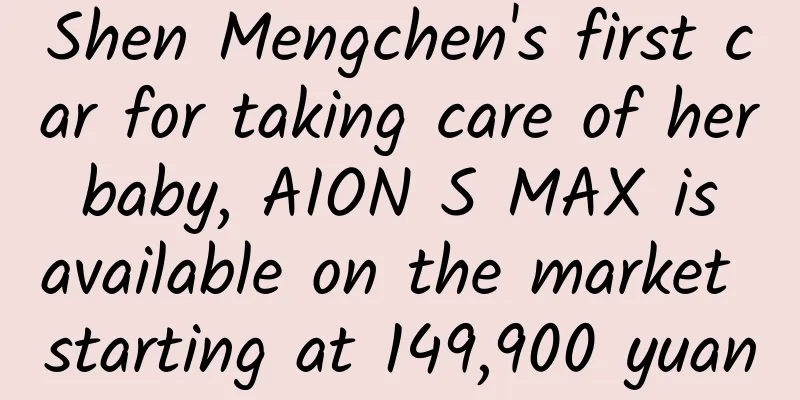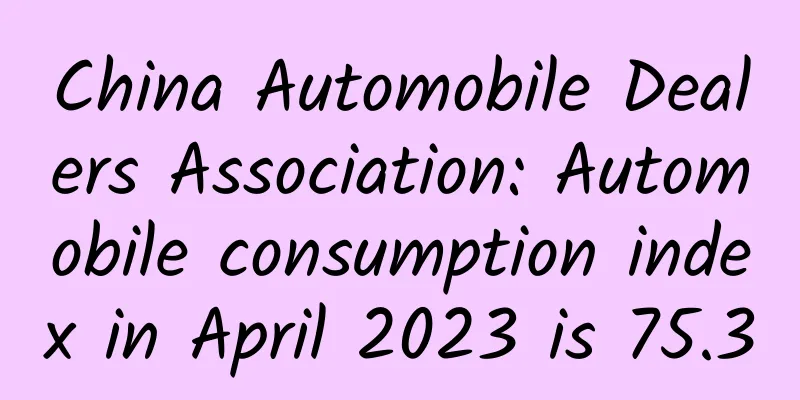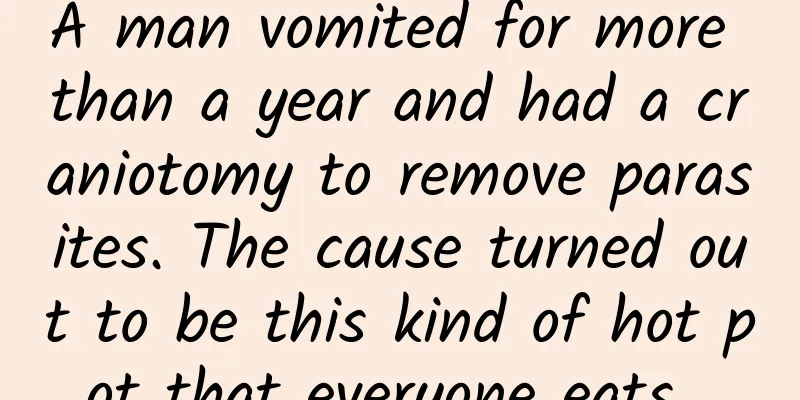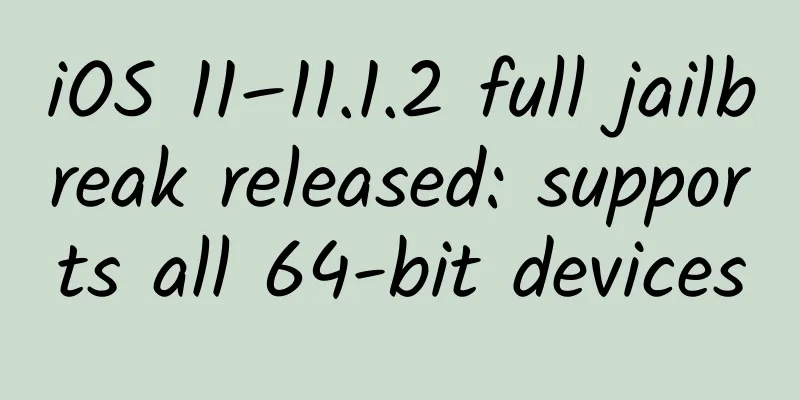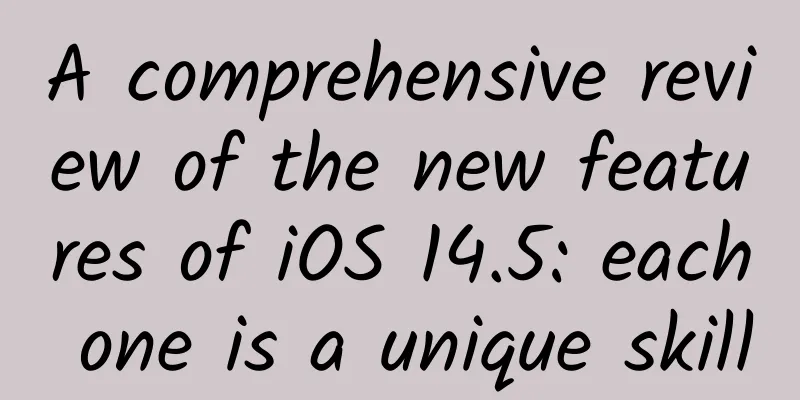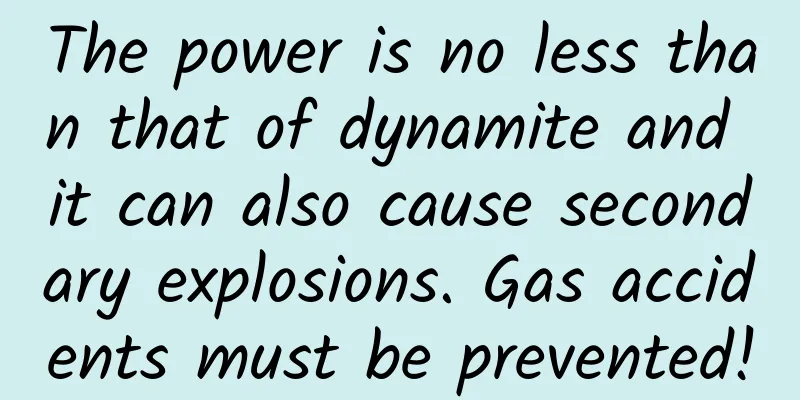Dai Jifeng | The “Temperature” of Traffic
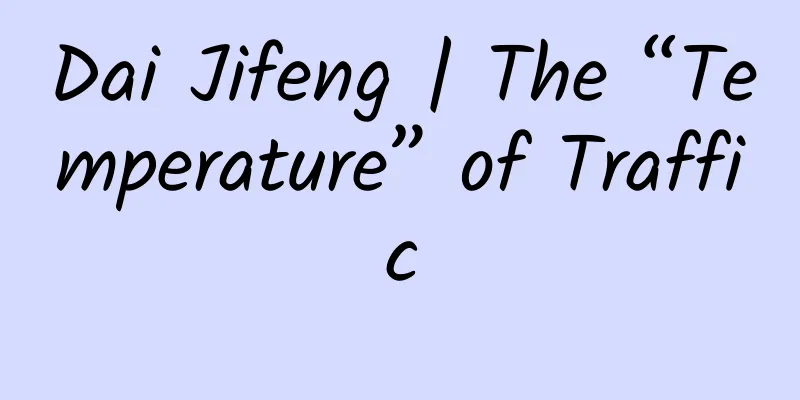
|
"The problem of 'Chinese-style roads' should be solved first, and then the problem of 'Chinese-style crossing the road' can be better solved." Dai Jifeng Deputy Director of China Academy of Urban Planning and Design Shenzhen Branch Hello everyone, I am Dai Jifeng from the China Academy of Urban Planning and Design. I am very happy to be here at the Gezhi Lundao Forum. My major is urban transportation planning. But today, I would like to share with you how to make transportation planning more humane from a non-professional perspective, from the perspective of an ordinary citizen. Feel the "temperature" of traffic from daily life Let me start with two short stories from my own personal experience. The first story is when I was in Beijing a few years ago, a road downstairs from my office had just been renovated, as shown in the picture below. The transformation plan is very simple and everyone can understand it at a glance: interrupt the green belt and then add a motor vehicle lane on the original bicycle lane, which is specially used for right turns. So, what problems will this bring? An old man crossing the road. Photographed at 8:36:10 (left), 8:36:18 (middle), and 8:36:25 (right) The three photos above are taken by me in succession. How long does it take for the old man in the photo to cross the road from the beginning to the time he reaches the safe area and stands firm? I have a time record. It takes 15 seconds from the middle of the road to the time he stands firm. It can be inferred that the whole process should be about 30 seconds. We all get old one day. Although the bus was waiting for the old man to cross the road, let's put ourselves in his shoes: if the old man was you, when you become a 70-year-old person, and a bus full of people are waiting for you to cross the road, what if you fall down in a hurry? Who will help you? So I was thinking, it takes 30 seconds to cross this 3-meter-wide motorway, is this right-turn lane really necessary? This is the peak time at 8:30 in the morning, but we can see from the photos that this road is not very congested. So can we not add this right-turn lane and give the space back to us pedestrians and bicycles? I think this is a very important question. So I immediately rushed downstairs and took a group of photos like this. From my perspective, it is very inconvenient for both cyclists and pedestrians. In the three photos above, the cyclists circled in red have to lean their bodies and turn their heads to see if there are any cars that will hit them. I believe everyone has experienced similar situations, which is very uncomfortable. The second story also happened to me. My wife was taking our child to school. The normal route was the green road in the picture below. We rode our bikes along the tree-lined path by the lake, which was very comfortable. This situation has been going on for about six or seven years, and we have become accustomed to it. After the outbreak in Fujian some time ago, the school gate (in purple) was suddenly closed. What should we do? We could only go around from the north gate, and the extra 1.5 kilometers became our nightmare journey. My wife described the process to me. She rode an electric bicycle with her child behind her, dodging cars, buses, bicycles and pedestrians on a 7-meter-wide road, and passed the 1.5 kilometers in a hand-to-hand combat. Later we thought about whether we could avoid taking this route and take a ride with classmates after school. But we were upset. It took an hour to walk 3 kilometers, and the whole family couldn't stand it. This is the small passage they passed through that I took a photo of later. There was a construction site next to it, so it was very difficult to pass through smoothly. I believe that no one could stand such an environment. Recently, I received a text message from my wife while on a business trip. She said, "Happiness comes too suddenly!" I thought, I haven't done anything good recently, nor bought her any gifts, why did she send me this text message? She also said, "The school gate next to our house has opened, and we are back to normal traffic." How come a situation that has returned to normal has suddenly become so happy? These two stories reminded me that in the past 30 or 40 years, we have experienced a process of rapid economic development. However, during this rapid development, we have paid too much attention to the needs of cars, but not enough consideration for the individual needs of each of us, which are very different. Completed: 30% ////////// Is the original intention of urban transportation for cars or for people? So, we need to think calmly about whether the original intention of our urban transportation is for cars or for people at this stage. Obviously, we should consider people more. When my team and I were reflecting together, we discovered an interesting phenomenon: in 2015, we did some research and found that nearly 60% of cities have loop structures. Why is this so? From the perspective of vehicles, a combination of circular and radial routes is the most convenient, while for people, bicycles and buses, direct access, direct connection and networking are more desirable. One of the reasons why many urban roads are in a ring shape is that we have long considered the demand for cars too much. Under this development model, many details that drivers cannot see are also ignored by us. This photo was taken by me. At first glance, it seems that there is nothing wrong with it, but please look at the red circle. If it rains, is this where the most water accumulates? When it rains a little harder, bus passengers may have to wade through a stream to get on the bus, and the driver will not notice this, so this embarrassing situation will occur. And this photo, I was in the normal position to cross the road, but I couldn't see whether the light on the other side was red or green. I didn't know whether I should cross the road, so I just followed other people. How can you see the traffic light? You have to be like this passerby. He has to lean his body, twist his head, and stretch his neck to see the traffic light on the opposite side. "Oh, it's a red light, I can't cross the road." How to solve this problem? It's very simple! Move the traffic light from one side of the zebra crossing to the other side, and there will be no such embarrassing problem. Many of you may know that we experienced a hot topic a few years ago - "Chinese-style crossing the road". Some people say that we Chinese are uncivilized, but in fact, many traffic experts have discussed that we should solve the problem of "Chinese-style road" first, so that we can better solve the problem of "Chinese-style crossing the road". This is what I also photographed. In order to add a motor vehicle parking space, a city cut down a tree that had grown for decades. If I were to describe this in one word, I think it would be "wasteful". It's really a pity. Completed: 50% ////////// What exactly is the problem with urban traffic? First, we need to make some adjustments in the mechanism. This is a road I have been observing for a long time. Please take a look at the picture on the left below. In 2005, you could not see the traffic light when crossing the intersection. Why not? Because there was a pole in front that blocked the traffic light. In 2015, it finally got it right and moved the traffic light to the other side. 2005 (left) and 2015 (right) I wondered why it took ten years to get such a simple thing right, which was not a high-tech thing. I believed it was not a problem with our technical ability, but more a problem with our mechanism. The picture below is also my personal experience. I normally cross the road facing such a 1-meter-high staircase, and on the staircase is a very popular riverside park. I think it should not be a problem for you to climb over this 1-meter-high staircase. But there are many elderly people in the riverside park. When we are in our sixties or seventies, who can have the confidence to climb over it? What is the reason for this situation? The root of this step is the red line of the road in our planning and design. The area within this red line is the design scope of the municipal road team, and the area from the red line to the riverside is the design scope of the landscape gardening team. The two teams will do a very good job, but the problem lies precisely where the two teams' plans are put together. This red line, which can only be seen on the drawings, has become an insurmountable gap for us in reality. This situation also needs to be adjusted in terms of mechanism. In addition, we still have disputes over some technical standards. The photo below is from my friend. In the photo, cyclists are reluctant to stop at the stop line when waiting for the traffic light. Why? Photo credit: Li Wei, Beijing Urban Planning and Design Institute Because the place where we are waiting now is shaded by trees. When the green light comes on, everyone rides their bicycles and rushes through the intersection quickly. You can imagine how dangerous it is. This is just because we don’t have a few trees planted at the intersection. Whether trees can be planted at intersections has become a topic of much debate among experts and scholars. A normal intersection is composed of four arcs. If the radius of the arc is larger, the speed of right-turning vehicles will be faster, and the area of the intersection will be larger, and the distance for pedestrians to cross the road will be longer. On the contrary, if the radius is smaller, the speed of right turns will be slower, the distance for pedestrians to cross the street will be shorter, and the safety of pedestrians will be improved. Therefore, there is a debate about whether this radius should be large or small. Completed: 60% ////////// What should humane transportation look like? From the introduction just now, we can know that there are some problems and disputes in our development model, working mechanism and technical standards. Does that mean there is no solution to this problem? Is it impossible to make our transportation humane? Actually, it is not. This is a document that particularly touched me: the "Opinions of the State Council on Strengthening Urban Infrastructure Construction" issued in 2013. This is also the earliest national policy document that I can find that mentions the words "walking and cycling". The document clearly states that urban transportation should give priority to "pedestrians". What did we mention before? As we all know, it is more about "people-oriented". What does people-oriented mean? Are people who drive cars considered people? Are people who take the bus considered people? Are people who ride bicycles considered people? So, which "people" are people-oriented? This document clearly states that "pedestrians should be given priority", which means that pedestrians on the road should be given the first consideration. This touched me deeply. Since this document, our country has paid more and more attention to pedestrians, bicycles and public transportation in various policies. The following is a case study from Shenzhen. Shenzhen Overseas Chinese Town is a high-quality residential area in Shenzhen. When I communicated with their designers, they gave me a very good concept: the internal road intersections must be made into a "Y-shaped" or "T-shaped" shape. I asked why, we usually think that cross-shaped intersections are more efficient? He said that at a "T-shaped" or "Y-shaped" intersection, pedestrians only need to cross the motor vehicle lane once to reach their destination. I immediately understood that this was a design that truly prioritized pedestrians. This also laid the foundation for the community designed 20 years ago to remain a high-quality community in Shenzhen to this day. This is its genes. We at the China Academy of Urban Planning and Design have been following the work of Songshan Lake in Dongguan for more than 20 years. Please see the photo below, which is a picture of its construction process. If we followed the conventional planning and design, the small hill might not be retained, and the road would have directly passed through it. But we insisted on keeping it, dividing the road into two and going around it. Songshan Lake has now become a place where many residents in the Pearl River Delta like to go to for leisure on weekends, which has a lot to do with our insistence on leaving a large number of such points of interest. Therefore, we highly advocate the concept of "laying the city gently in this environment" and not destroying the foundation of the environment. Beijing: Expanding pedestrian space from 4 meters to 7 meters During the planning and design work of the South Central Axis of Beijing, our institute compressed a motor vehicle lane and expanded the pedestrian space from 4 meters to 7 meters in order to better create a traffic environment and space for pedestrians and bicycles. The traffic environment for walking and cycling has been improved. Chongqing Mountain City Trail System: Fully Considering the Needs of Different Groups of People in Details Image source: Beijing Yuheng Sustainability Center This is a photo of the mountain trail in Chongqing provided by my friend. Chongqing has many mountains. Caring for the elderly and children is reflected in these details, not in empty slogans. Haikou Triangle Pond: Design pedestrian flow lines first, then motor vehicle flow lines Our institute undertook similar work in Haikou. The left picture shows the original situation. The pedestrians, bicycles and motor vehicles at this intersection were seriously disturbed. The middle picture shows the first renovation plan. I won’t tell you the details. The effect is average. The order of pedestrians, bicycles and cars is still quite chaotic. Later, we made a new renovation plan for Haikou City, which is the photo on the right. After the renovation, it became a regular intersection. Now many citizens say, "It’s great. It’s very convenient for me to cross the road." Our concept for this intersection renovation plan is to design the pedestrian and bicycle flow lines first, and then avoid the flow lines of motor vehicles, so that there will be no chaos. After this principle is determined, it is easy to determine the final plan. The previous plan was more about considering how to make the car move smoothly first, and then considering the needs of people and bicycles. Having shown so many detailed issues and discussions on standards, how do we planners and designers consider these human needs when making planning plans? We measure them with our own legs. Image source: Professor Xiong Wen from Beijing University of Technology This map comes from Professor Xiong Wen of Beijing University of Technology. It is a road map of nearly 9 square kilometers in Beijing. When we drive on the road normally, we can only feel the roads with black lines. When we measure with our feet, we can see the thinner and denser alleys, lanes and lanes represented by the colored lines. But these alleys either lack a street lamp or the ground is uneven. In short, the walking environment is not good. Therefore, if the walking environment here can be comprehensively improved, the happiness index of residents will be greatly improved. When we measure cities, we also need to consider the demand for cars, especially parking. We can't say that walking and cycling are important, but our cars are not important? They are also important. We ordinary people now have money and want to buy cars at home. Parking space at night is a rigid demand and we must park. Therefore, when we are renovating a road, we must focus on the surrounding parking. We must walk around in the morning, walk again at noon, and check again at night to understand the parking needs here. Only then can we know which parking needs we must meet and organize this environment in detail. The intersection radius mentioned earlier is also a story I personally experienced, which happened ten years ago. We proposed to reduce the radius of the intersection, but the design company disagreed, saying that it did not meet the design specifications and could not be reduced. If it was to be reduced, we would have to bear the responsibility. Finally, I said, "Okay, bring the drawings here, we will stamp them, and we will bear the responsibility." This picture shows the effect after completion. The radius is less than 5 meters. If it is based on the original technical standards, the radius may be 10 to 15 meters. In the past ten years, I have not heard of any disorder or traffic accidents caused by the small radius. On the contrary, I have heard comments that the order at this intersection is very good. The reason why we have the confidence to reduce the radius and take on this responsibility is that we have done a lot of tests on site. We took the most difficult turning car to test on site, and finally found that there is no problem after the radius is compressed, and it will not interfere too much. A few years ago, I was also fortunate enough to preside over the compilation of our country's "Urban Pedestrian and Bicycle Transportation System Planning Standards." This is my country's first national standard in this regard, and it partially answers some of the confusion and problems just reflected. I also sincerely hope that after our country introduces this standard, it will bring greater changes to our country's pedestrian and bicycle traffic, and humanized traffic. Finally, our planners and designers need to grasp the scale and precision when doing traffic planning. But we want to strengthen the "warmth" from the bottom of our hearts, and use a humane way to improve the city's traffic, make our city better, and our lives more quality. That’s all for my sharing, thank you everyone! The articles and speeches only represent the author’s views and do not represent the position of the Gezhi Lundao Forum. "Gezhi Lundao", formerly known as "SELF Gezhi Lundao", is a scientific culture forum launched by the Chinese Academy of Sciences, co-sponsored by the Computer Network Information Center of the Chinese Academy of Sciences and the Bureau of Science Communication of the Chinese Academy of Sciences, and hosted by China Science Popularization Expo. It is committed to the cross-border dissemination of extraordinary ideas, aiming to explore the development of science and technology, education, life and the future in the spirit of "Gewu Zhizhi". |
<<: Crystal, agate, glass, chalcedony...why are there such big differences?
>>: Survival after the explosion of Apollo 13
Recommend
If you are worried about not completing your work plan for the second half of the year, these 3 tips can save you!
People who are familiar with me will know that I ...
It can make you sweet, but it can also make you acutely poisoned...
Did you know that the elements can be deceiving? ...
How to create an advertisement that touches people’s hearts? Look here
We all know that marketing is a series of activit...
[Big brain hole] The BMW H5 advertisement they made lasted 77 minutes and received over 100,000 views, when everyone said that H5 was outdated
The header image of this article is from Kurt Li ...
Tesla terminated its contract with self-driving technology company and will no longer update related hardware
Recently, news about Tesla's self-driving car...
Takata expresses condolences to victims, but restructuring plan favors automakers
According to foreign media reports, on June 27, t...
The beautiful temptation hidden in your home, don't bring it into your bedroom...
A few gorgeous flowers are dotted in her fluffy h...
Share 4 niche but conscientious APPs: Each one is one in a hundred, please use it in a low-key manner
In our lives, almost everyone has a mobile phone....
Mobile game developer apologizes after pornographic video of player posted online
Yesterday, the built-in game "Crazy Laiwang&...
What makes Newton's laws true? Here's a simple way
Why do Newton's laws hold true? Here's th...
How can humans gradually solve the problem of "fluorine" that destroys the ozone layer?
When it comes to refrigerants, everyone is famili...
Are squat toilets really more hygienic than toilets? | Expo Daily
Are squat toilets really more hygienic than toile...
【Practical】Mobile QQ and Qzone Speed Optimization Practice
About the Author: Huang Haoyu Currently working i...
How to apply for a 400 phone number?
400 telephone is a service that shares the cost b...
How companies plan their business strategies for marketing and promotion methods!
The content of the article describes in detail th...

